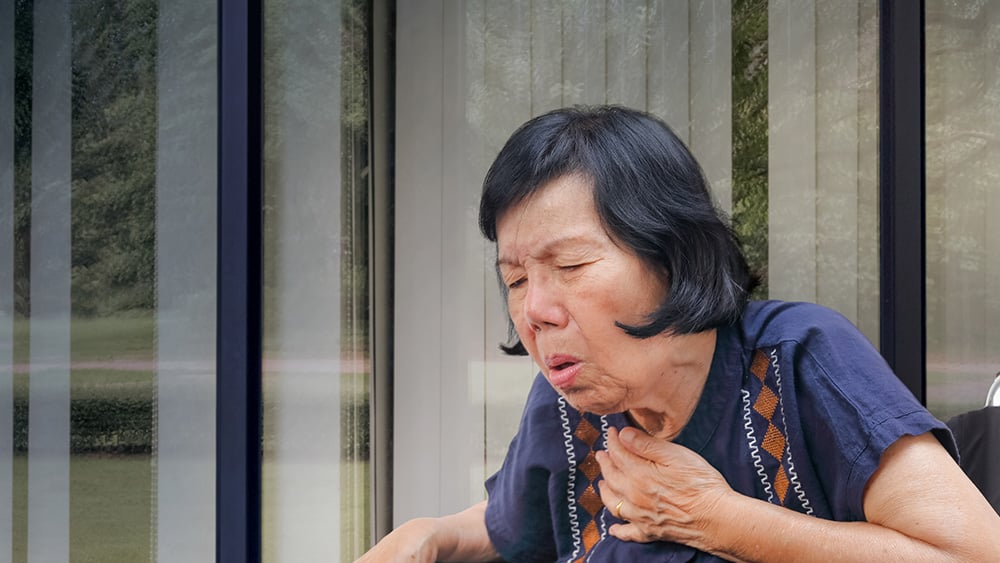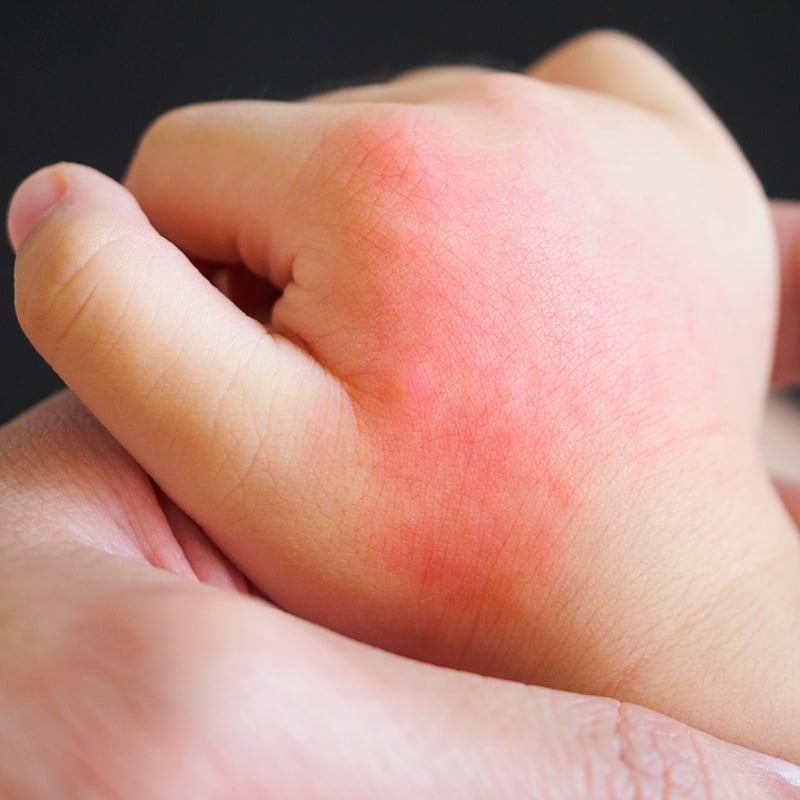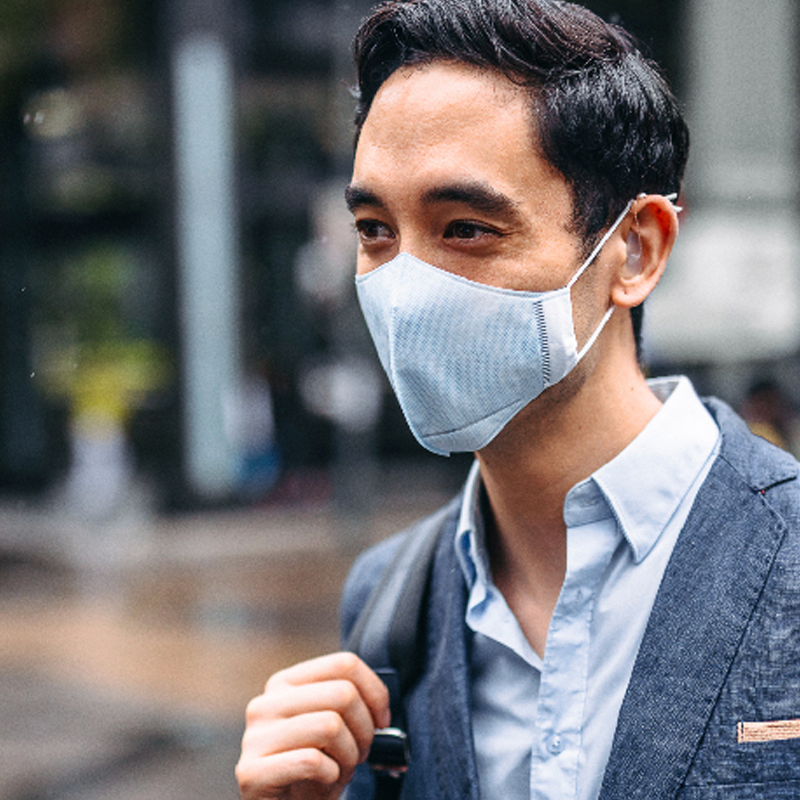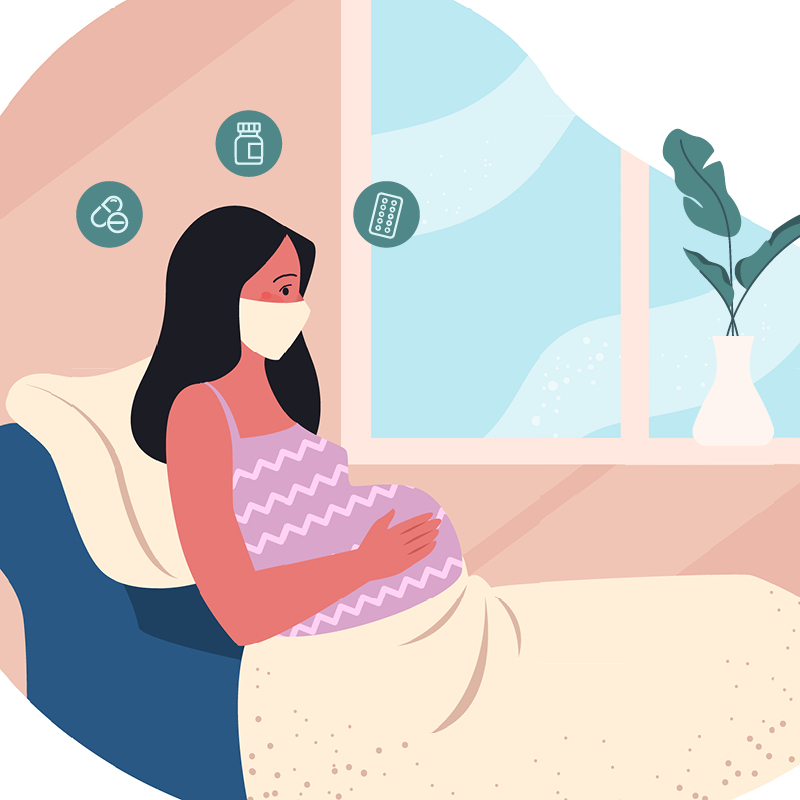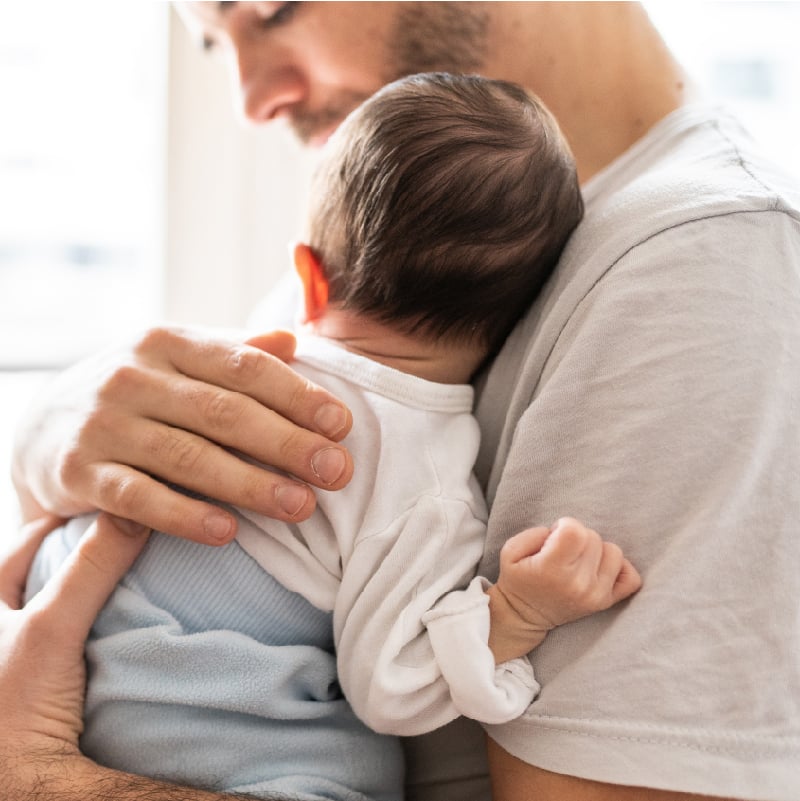Walking pneumonia often starts out with symptoms similar to a chest cold. However, the illness can later progress and become a lung infection – pneumonia. Caused by the bacteria mycoplasma pneumoniae, walking pneumonia earns its name because the symptoms are often not severe enough to keep a sick person resting at home, so they are able to walk around.
While healthcare providers treat about 2 million walking pneumonia infections in the U.S. each year, young children and adults over the age of 60 are being diagnosed more frequently in 2024, especially over the last 3 months. Steven Schulz, MD, is the Rochester Regional Health Primary Care Institute Pediatric Medical Director, and shares what symptoms to look for, how the infection is treated, and whether it is contagious.
Walking pneumonia symptoms
Early symptoms of walking pneumonia tend to develop gradually and may include:
- cough that keeps getting worse
- fatigue
- headache
- sore throat
- stuffy nose
Children under age 5 might develop additional symptoms, including diarrhea, sneezing, watery eyes, wheezing, and vomiting. Some people might not have any symptoms at all.
As the illness slowly gets worse, some people start to develop symptoms of pneumonia, including, chills, fever, a worsening cough and shortness of breath. With the current strain of mycoplasma, kids of all ages are having higher fevers earlier in the course of illness than what has been typical in the past.
Walking pneumonia has a long incubation period, lingering for 1-4 weeks. The heavy, rumbling chest cough also tends to stay with patients, even after they are no longer contagious.
“If you have any combination of these symptoms that are lingering after 7-10 days, see a healthcare provider as soon as you can,” Dr. Schulz said.
Diagnosing and treating walking pneumonia
When you visit an urgent care or primary care location, providers will look for symptoms of walking pneumonia. A chest x-ray may be ordered to determine whether a patient has pneumonia. Sometimes a swab is performed from the nose or throat to test for a variety of illnesses, including flu, COVID-19, RSV, strep throat, or walking pneumonia.
Most people diagnosed with walking pneumonia will be able to recover on their own without any prescription medications. Patients can treat symptoms with:
- drinking plenty of clear fluids
- humidifier
- lozenges or cool treats to relieve sore throat
- over-the-counter medication (acetaminophen, ibuprofen, etc.)
- plenty of rest
- saline mist
If medication is needed, providers will prescribe antibiotics to treat the infection. A steroid may also be prescribed as needed to reduce inflammation in the lungs and airways.
Is walking pneumonia contagious?
Because the symptoms can last for several days or even a couple weeks, people are often worried that walking pneumonia might be contagious.
Unfortunately, the bacteria that causes walking pneumonia is contagious. The illness is spread through respiratory droplets that travel through the air when an infected person coughs or sneezes. This tends to spread more frequently among crowded public places such as schools, college dormitories, nursing homes, and offices.
Washing your hands thoroughly with antibacterial soap and water can help reduce the spread of mycoplasma pneumoniae. For people who are sick, covering their coughs or sneezes and staying home while sick also help to reduce the spread.
“The best advice to avoid getting sick with walking pneumonia is similar to most other illnesses: wash your hands frequently and stay home if you are sick,” Dr. Schulz said. “If you are living with or caring for someone who is sick, try to keep fresh air circulating as often as possible.”

